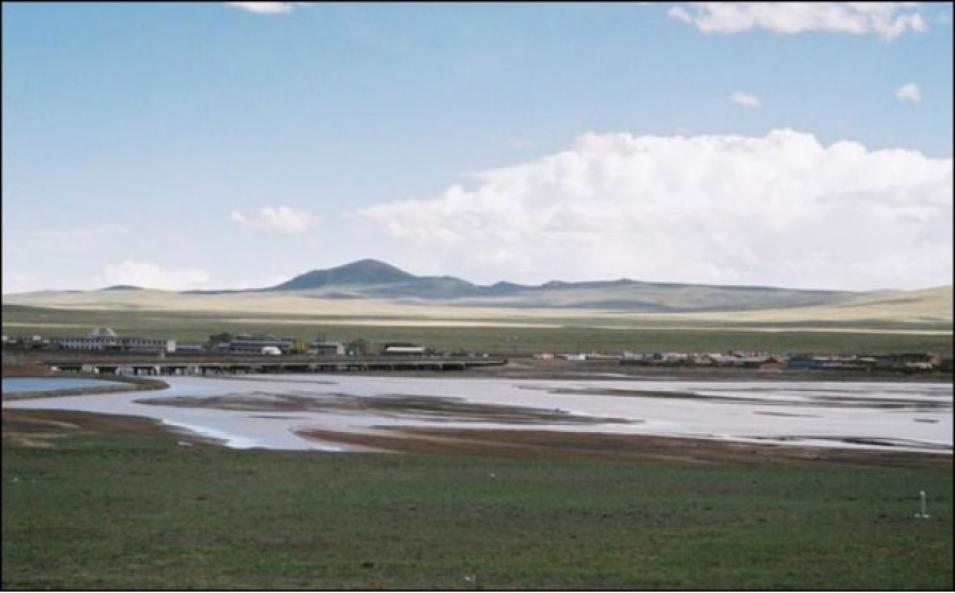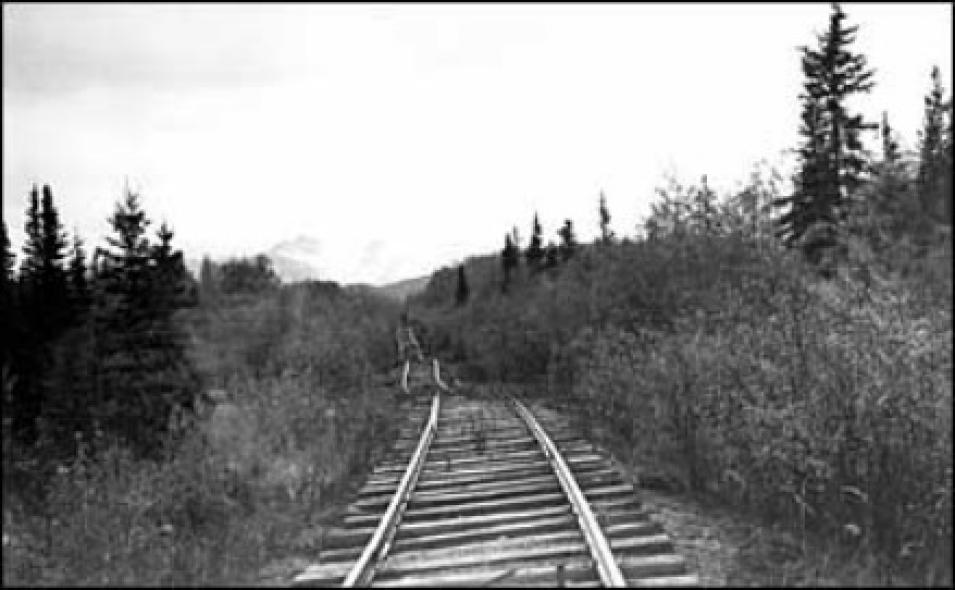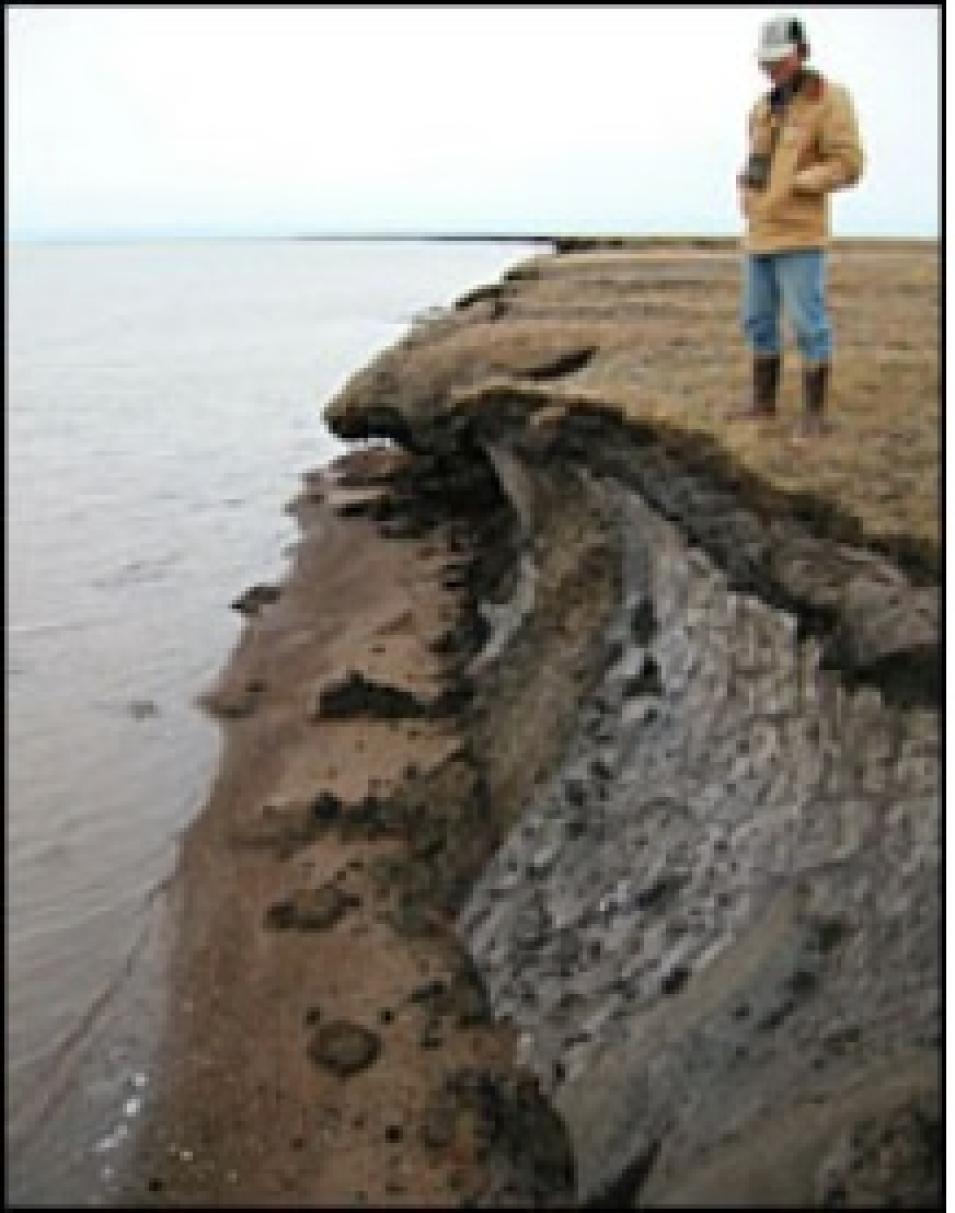Through a series of experiments, engineers found that a 1-meter layer of loose rocks minimizes the transfer of heat to the soil under railroad embankments during warmer months. The Cold and Arid Regions Environmental and Engineering Institute in Lanzhou, China, tested a crushed rock layer in a section of railroad embankment that overlaid permafrost. After one year, the section was significantly colder than before the installation of the rock layer. "The rock layer is so effective that it actually helped create a cooling effect over time," said Zhang. Crushed rock insulation was first investigated as early as the 1960s, but this is the first time a large-scale project is using the technique as one of its primary solutions, according to Zhang.
Despite the cooling effects of the crushed rock, the fragile permafrost along the Qinghai-Xizang railroad must be routinely inspected to detect any frost heaving or thaw settlement below the tracks. But the sheer size and inaccessibility of the Tibetan Plateau make large-scale monitoring a difficult task.
Over the past 10 years, improved satellite instrumentation has enabled researchers to monitor the freeze/thaw cycles that threaten structures and railroads. "The advantage of satellite data is that it enables us to see the entire plateau," said Zhang. So, instead of just looking at changes that are occurring in a small, isolated area, which may or may not apply to the whole plateau region, Zhang and his colleagues can now create weekly maps that show the timing and extent of near-surface soil freezing and thawing over the entire Tibetan Plateau.
Passive microwave instruments, including the Special Sensor Microwave Imager (SSM/I) and the Advanced Microwave Scanning Radiometer-Earth Observing System (AMSR-E), can detect surface soil freeze or thaw based on brightness temperatures—a measure of the radiation emitted by an object. The large contrast between the brightness temperatures of water and those of ice makes it possible for scientists to distinguish between freezing and thawing conditions.
"Knowing when the freeze cycle starts in autumn and when thawing begins in spring helps us see whether the thaw season is getting shorter or longer, which can help us predict changes in the active layer thickness," said Zhang. Data from both sensors are archived and distributed by NASA's National Snow and Ice Data Center Distributed Active Archive Center (NSIDC DAAC).
"If current observations are indicative of long-term trends, we can anticipate major changes in permafrost conditions during the next century," said Zhang.
"Changing trends in the freeze/thaw cycle indicate a warming climate," said Richard Armstrong, a research scientist and one of Zhang's colleagues at the National Snow and Ice Data Center. "And if there's a warming climate, then that means more days of thaw—which is a concern for the railroad."
But as three diesel engines pull each train across the "Roof of the World," a combination of innovative construction techniques and remote-sensing monitoring will ensure a smooth ride when the Qinghai-Xizang railroad opens in 2007.
References
Zhang, T., R.G. Barry, and R.L. Armstrong. 2004. Applications of satellite remote sensing techniques to frozen ground studies. Polar Geography 3: 163-196.
For more information
NASA National Snow and Ice Data Center Distributed Active Archive Center (NSIDC DAAC)
| About the remote sensing data used |
| Satellite |
Defense Meteorological Satellite Program (DMSP) |
Aqua |
| Sensor |
Special Sensor Microwave Imager (SSM/I) |
Advanced Microwave Scanning Radiometer-Earth Observing System (AMSR-E) |
| Parameter |
surface soil freeze and thaw |
surface soil freeze and thaw |
| DAAC |
NASA National Snow and Ice Data Center Distributed Active Archive Center (NSIDC DAAC) |
NSIDC DAAC |


